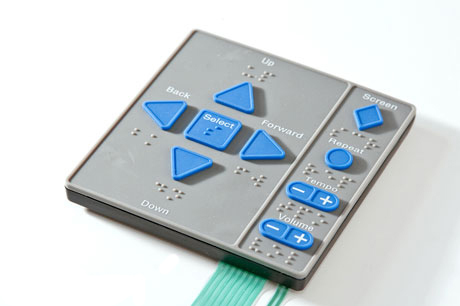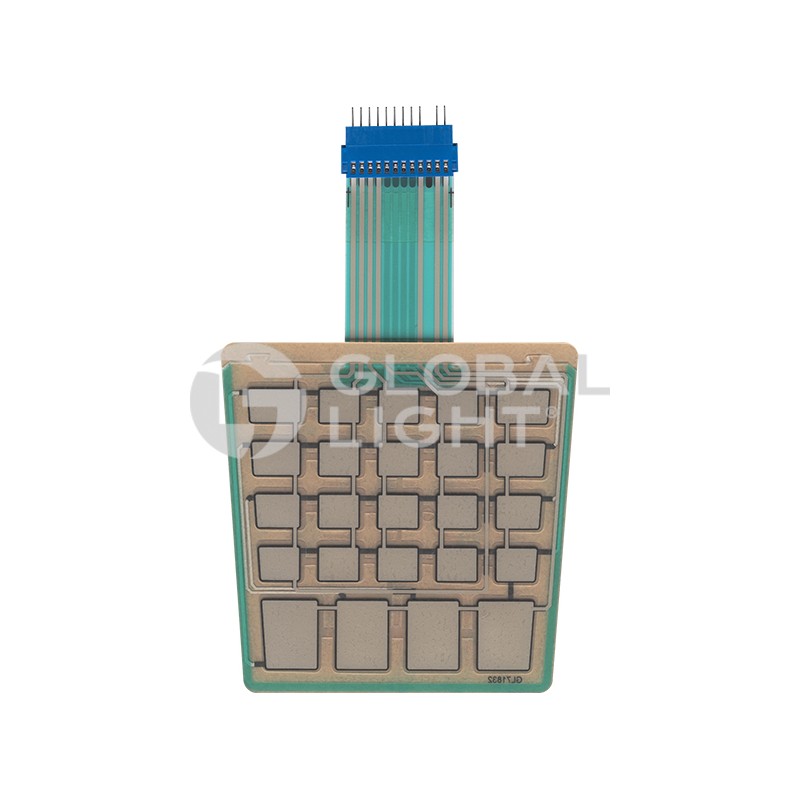Comprehending Membrane Changes: The Key to Trustworthy and durable Controls

What Are Membrane Buttons?
Membrane buttons are an advanced service in the world of individual interface technology, integrating performance and layout flawlessly. These gadgets act as an interface between customers and electronic systems, incorporating several components right into a portable style. Commonly created from flexible, slim layers of products, membrane buttons are developed to reply to touch, enabling users to connect with equipment and electronic gadgets successfully.
The key components of a membrane button include a printed circuit layer, visuals overlay, and a spacer layer that prevents unplanned activation. The graphic overlay can be personalized to show brand identification or individual preferences, boosting aesthetic appeals while guaranteeing functionality. Membrane switches are typically used in different applications, consisting of clinical tools, customer electronic devices, and commercial equipment, owing to their resilience and resistance to ecological aspects such as wetness and dirt.
One of the crucial advantages of membrane switches is their capability to stand up to wear and tear, making them excellent for high-traffic settings. Furthermore, they are lightweight and require very little area, enabling cutting-edge designs in product growth. Generally, membrane layer switches over represent a functional and reliable option for modern electronic user interfaces, marrying modern technology with user-centric layout principles.
Just How Membrane Layer Changes Work
The procedure of membrane layer switches over rest on an easy yet efficient system that equates user input right into digital signals. These switches include several layers, generally consisting of a graphic overlay, a spacer layer, and a circuit layer. When an individual presses the button, the top layer flaws, allowing a conductive aspect in the circuit layer to make call with an equivalent conductive pad on the bottom of the graphic overlay. This contact closes the circuit and sends a digital signal to the gadget, showing that the button has actually been turned on.
The design of membrane layer switches can differ, but they frequently incorporate domes or responsive components to provide feedback to the individual, boosting the overall experience - membrane switch. The products utilized in membrane buttons, such as polyester or polycarbonate, add to their longevity and resistance to ecological factors, consisting of moisture and dirt. The printed circuits are normally enveloped, which shields them from wear and tear over time.
Benefits of Membrane Switches

Additionally, membrane layer switches are additional resources recognized for their toughness. Created from durable products, they are resistant to dust, dampness, and physical wear, which dramatically extends their life expectancy contrasted to typical mechanical buttons. This resilience makes them particularly appropriate for high-traffic settings and applications requiring durability.
Another significant advantage is the convenience of cleaning and upkeep. The smooth surface of membrane layer changes decreases dirt build-up and is often unsusceptible spills, making them optimal for setups that require constant sanitization.
Additionally, membrane layer switches supply a structured account, bring about a thinner layout that can be integrated into various gadgets without adding bulk. This function not just improves the visual charm but likewise adds to a much more ergonomic product style.
Applications of Membrane Layer Switches
User-friendly and versatile, membrane buttons find applications throughout a broad variety of industries, including medical tools, customer electronics, and commercial tools. In the clinical area, these buttons are important to tools such as diagnostic equipment, patient surveillance systems, and infusion pumps, where dependability and ease of cleansing are crucial. Their ability to keep and hold up against extreme atmospheres performance makes them ideal for such applications.

In customer electronics, membrane switches are utilized in items like microwaves, washing equipments, and remote controls - membrane switch. Their smooth layout permits instinctive individual interfaces, boosting the total user experience while giving resilience and resistance to tear and put on
Commercial devices additionally gains from membrane layer switches, specifically in control panels for equipment and automation systems. These buttons provide defense versus dirt and dampness, making sure constant efficiency in challenging environments. Furthermore, their personalized features permit like this manufacturers to tailor them to specific functional demands, boosting performance and performance.
Selecting the Right Membrane Change
When picking a membrane layer button, it is important to consider numerous elements that affect efficiency and suitability for particular applications. The primary factors to consider consist of ecological problems, responsive feedback, toughness, and layout requirements.
First, examine the operating atmosphere; buttons exposed to dampness, chemicals, or extreme temperature levels need particular materials to guarantee durability and functionality. Next, review the demand for responsive comments. Depending upon individual communication, some applications might profit from a tactile action to verify activation, while others might prefer a non-tactile design for visual reasons.
Durability is an additional critical element; membrane layer buttons must be made to stand up to constant use, effects, and abrasion. Guarantee the picked switch can endure the anticipated lifecycle, specifically in high-usage circumstances.

Verdict
To conclude, membrane switches work as necessary parts in the layout of trustworthy and resilient control systems throughout various sectors. Their portable design, incorporated with durable building and construction and customizable attributes, enhances customer interaction while making sure long life sought after settings. The adaptability of membrane layer switches over permits for tailored solutions that fulfill certain functional requirements, reinforcing their value in modern-day innovation. As markets proceed to progress, the value of incorporating effective membrane layer button options can not be overemphasized.
Membrane layer switches represent an essential facet of contemporary interface layout, blending capability with strength in different applications.Membrane buttons are an innovative option in the realm of user interface innovation, incorporating capability and design effortlessly. Commonly built from adaptable, slim layers of products, membrane buttons are created to respond to touch, allowing customers to engage with equipment and electronic tools efficiently.
The style of membrane layer switches can vary, yet they typically integrate domes or responsive the original source components to supply comments to the user, boosting the general experience.In verdict, membrane switches over serve as necessary components in the design of trusted and long lasting control systems across various industries.